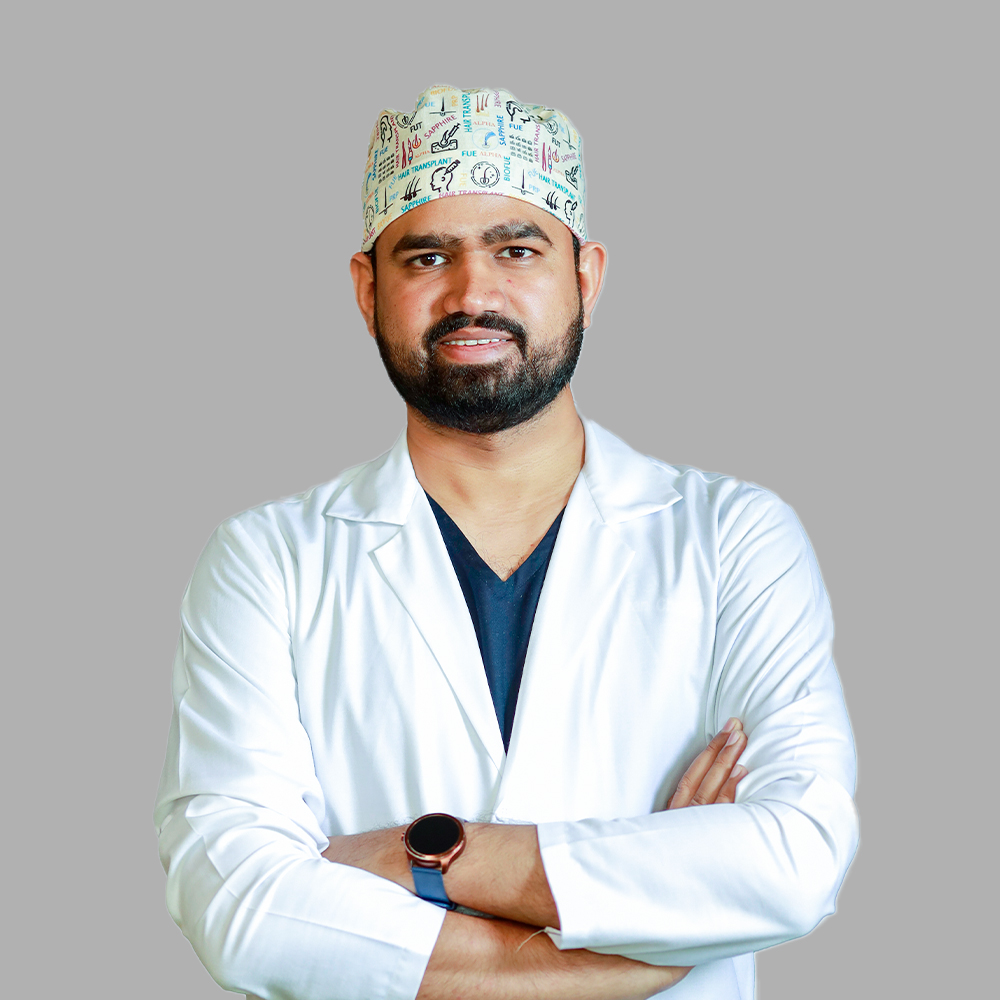In recent years, the popularity of beard transplants has surged, becoming a sought-after procedure for many. Whether you’re looking to enhance a patchy beard, cover scars, or achieve a fuller look, beard transplants can be a game-changer. However, proper beard transplant aftercare is crucial to ensure the best results and maintain the health of your new beard.
Why Proper Been Transplant Aftercare is Important?
Beard transplant surgery is increasingly popular for those seeking a fuller beard. Its success depends not only on the surgeon’s skill but also on effective aftercare. After the procedure, proper care is essential for the transplanted hair follicles to take root and grow. Effective aftercare reduces the risk of infection and other complications, ensuring the donor area heals well and the beard hair develops as expected.
Beard Transplant Recovery Process
Getting a beard transplant is an exciting step towards achieving your desired look. But it’s important to understand what to expect as your new facial hair grows. Let’s break down the recovery process.
The First Week: Healing Begins
Right after your procedure, your main focus should be on keeping the area clean and reducing swelling. Your doctor will likely prescribe an antibiotic ointment to prevent infection. It’s normal to experience some redness, itching, or swelling during this time.
Weeks 2-4: Settling In
As your body adjusts to the transplanted hair, you might notice some shedding. Don’t panic! This is a natural part of the process. Gentle care is essential during these weeks. Avoid scratching or rubbing the area to prevent disturbing the newly implanted hair follicles.
Months 1-3: Watch Your Beard Grow
Over the next few months, you’ll start to see noticeable hair growth. The transplanted hairs will gradually thicken and begin to blend seamlessly with your existing beard. Be patient, as it takes time for your new beard to reach its full potential.
Key Components of Beard Transplant Aftercare
Immediate Post-Procedure Care
- Handling Swelling: Swelling is common after a beard transplant and usually peaks within the first few days. To minimize swelling, keep your head elevated, even while sleeping, and avoid any strenuous activity.
- Avoid Touching the Transplanted Area: It’s crucial to avoid touching, scratching, or picking at the transplanted area. This helps prevent infections and ensures the grafts remain undisturbed as they begin to take root.
- Keep the Area Clean and Dry: For the first few days, keep the transplanted area dry and clean. Follow your doctor’s instructions on washing the face, which typically involves using a gentle cleanser and avoiding any harsh scrubbing.
Managing Discomfort
- Pain and Itching: Mild discomfort and itching are common during the initial healing phase. Your doctor may prescribe pain relievers or suggest over-the-counter options. Avoid scratching the area, as this can dislodge grafts and affect the overall outcome.
Sun Protection
- Avoid Direct Sunlight: Exposure to the sun can damage the delicate skin and newly transplanted hair follicles. It’s essential to stay out of the sun as much as possible and wear a hat or apply sunscreen if sun exposure is unavoidable.
Resuming Daily Activities
- Physical Activity: Refrain from heavy physical activities, including exercise, for at least 10 days post-transplant. This helps reduce the risk of swelling and ensures the grafts remain intact.
- Back to Work: Depending on your job and its physical demands, you might be able to return to work within a few days. If your work involves strenuous activity or being outdoors, discuss your return timeline with your doctor.
Long-Term Care and Expectations
- Shedding Phase: It’s normal for the transplanted hairs to shed a few weeks after the procedure. This is a natural part of the healing process, with new growth appearing in the following months.
- Follow-Up Appointments: Regular follow-ups with your surgeon are crucial to monitor the healing process and address any concerns. This also helps ensure that the final results meet your expectations.
- Healthy Habits: Maintaining a healthy lifestyle, including a balanced diet and avoiding smoking, can positively impact the healing process and overall health of your hair.
Get in Touch
If you’re looking for expert advice and effective solutions for beard transplant and aftercare, contact us at HairFree HairGrow. We’re here to help you on your journey to regaining your hair and confidence.
- Visit any branch for your hair problem or call us at +91-72 72 83 2222
- We are located in Surat, Pune (Pimple Gurav), Pune (Kharadi), Hyderabad, Ahmedabad, Kolkata, Indore, Bhopal, Delhi (Gurugram), Nagpur, Mumbai, Vapi (Silvassa), and Bangladesh.
Written By
MD (Skin & VD)
Dr. Kiran Chotaliya is a hair restoration expert specializing in beard transplant aftercare. With extensive experience, he provides personalized guidance to ensure proper healing, promote healthy beard growth, and achieve the best results for his patients.
Disclaimer
We’ve made all possible efforts to ensure that the information provided here is accurate, up-to-date and complete, however, it should not be treated as a substitute for professional medical advice, diagnosis or treatment. See Detailed Disclaimers Here.


